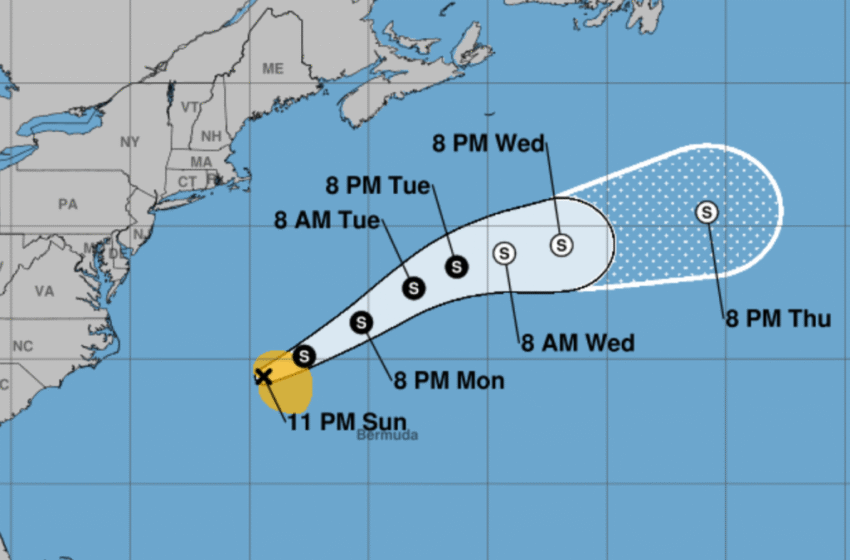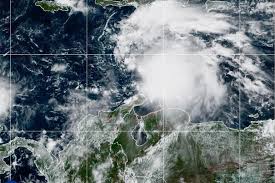Tropical Storm Dexter Hurricane: Latest forecast and impact

A rendering from the National Hurricane Center that shows the predicted path of Tropical Storm Dexter
Tropical Storm Dexter is drawing national attention as it intensifies in the Atlantic Ocean and shows signs of becoming a significant hurricane threat for the southeastern United States. With unusually warm waters fueling its development, weather experts warn that Dexter may strengthen rapidly in the coming days.
Forecast models from the National Hurricane Center (NHC) place Florida and surrounding states on alert as the storm’s path continues to shift closer to the U.S. coastline. With the 2025 Atlantic hurricane season already off to a volatile start, Dexter has become one of the most closely watched systems this year.
Dexter Strengthens Over Record-Warm Waters
Meteorologists confirmed that Tropical Storm Dexter formed from a low-pressure system in the mid-Atlantic and began intensifying quickly due to record-breaking sea surface temperatures, some reaching over 85°F (29°C).
According to the CNN Weather Center, these conditions provide the ideal energy for a storm like Dexter to transform into a Category 1 or 2 hurricane within 48–72 hours. Wind shear remains low, and upper-level winds are aligning to support further organization of the system.
Forecast Path: Florida and the Southeast at Risk
As of the latest forecast from the NHC, Dexter is moving west-northwest and is projected to approach the Florida Peninsula later this week. While the exact trajectory remains uncertain, both spaghetti models and European ensemble tracks suggest a high probability of the storm impacting southern and central Florida before the weekend.
If the storm continues to strengthen, heavy rainfall, storm surge flooding, and damaging winds could affect major metro areas like Miami, Tampa, and Orlando. Coastal communities have been urged to monitor updates and prepare for rapid changes in conditions.
Officials Urge Preparedness Across Affected States
Emergency management officials in Florida and neighboring Gulf states are already mobilizing resources and preparing shelters. Local authorities are advising residents to:
- Stock up on essentials like water, non-perishable food, medications, and batteries
- Review evacuation routes and stay updated via trusted weather channels
- Prepare homes by clearing gutters, securing outdoor items, and reinforcing windows
“Storms like Dexter can escalate quickly,” warned an NHC spokesperson. “We’re urging everyone not to wait until the last minute to take precautions.”
READ ALSO
Storm Floris: What should UK residents expect in coming days?
Climate Change and Stronger Storms
Climate scientists point to human-driven climate change as a key factor behind Dexter’s rapid development. Warm oceans and rising humidity levels are intensifying hurricanes faster, often leaving communities with less time to prepare.
The 2025 Atlantic hurricane season has already seen above-average activity. Dexter is now the fifth named storm and the third to reach hurricane potential, a troubling indicator of what may lie ahead.
What to Expect Next
The NHC is expected to release updated advisories every six hours, with watch and warning zones likely to be declared as the storm nears U.S. shores. Residents are encouraged to sign up for local emergency alerts, follow official channels, and avoid spreading misinformation on social media.
While landfall isn’t yet certain, the potential impact of Tropical Storm Dexter demands attention. Whether it makes direct contact with Florida or skirts the coast, dangerous weather conditions are expected across much of the southeastern U.S.



